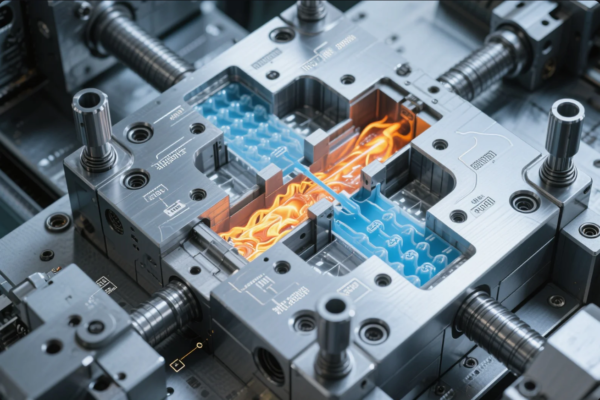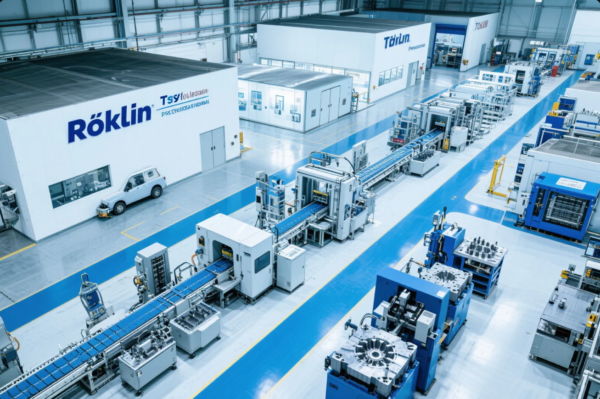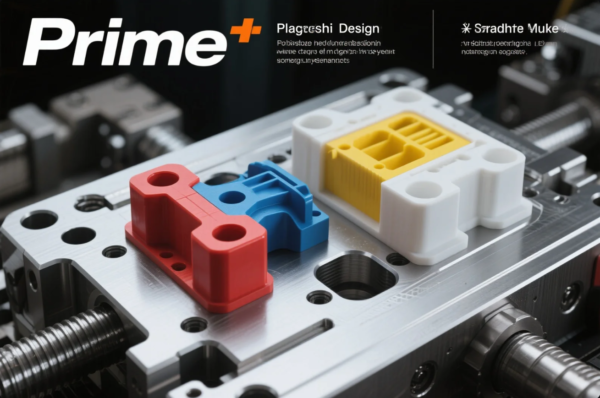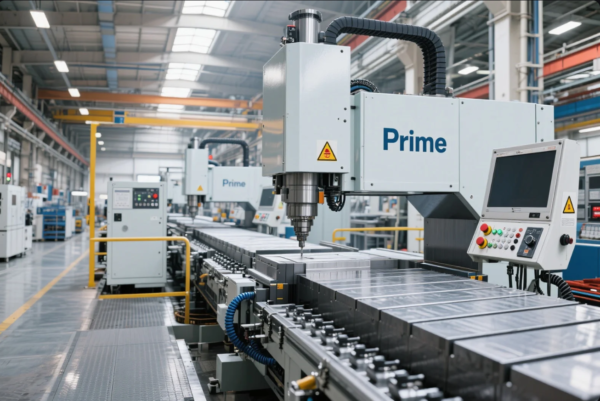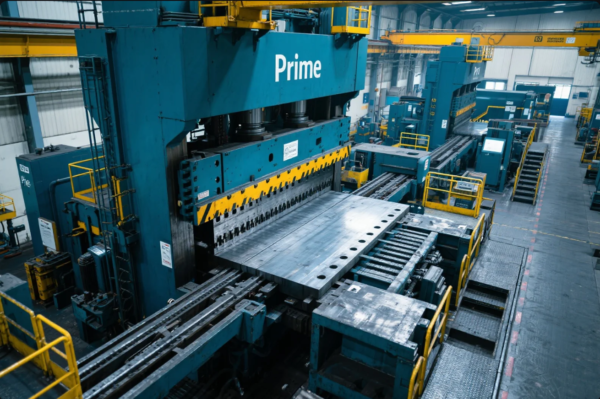What is connected to the transmission?
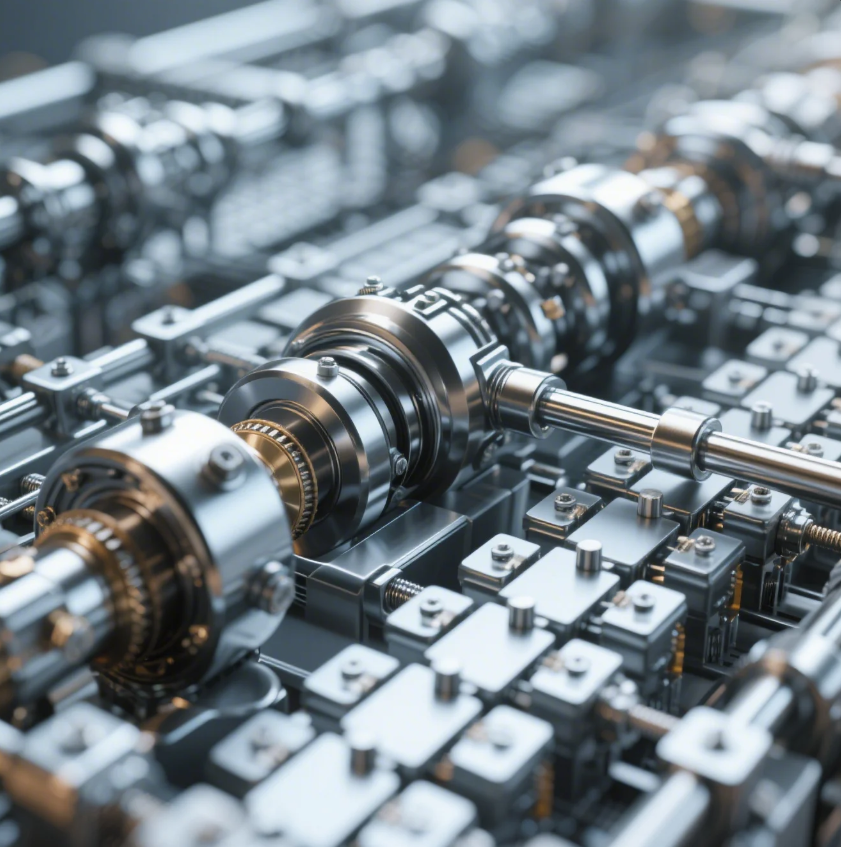
Facing transmission problems? You are not alone, many buyers struggle to figure this out.
The transmission connects to multiple critical components, ensuring the proper movement of mechanical power.
Keep reading to learn the complete connection system and avoid costly mistakes.
What does the transmission attach to?
Facing confusion about the transmission attachment points? Many engineers do, and it affects performance.
The transmission usually attaches to the engine, drivetrain, and sometimes to a mounting crossmember.
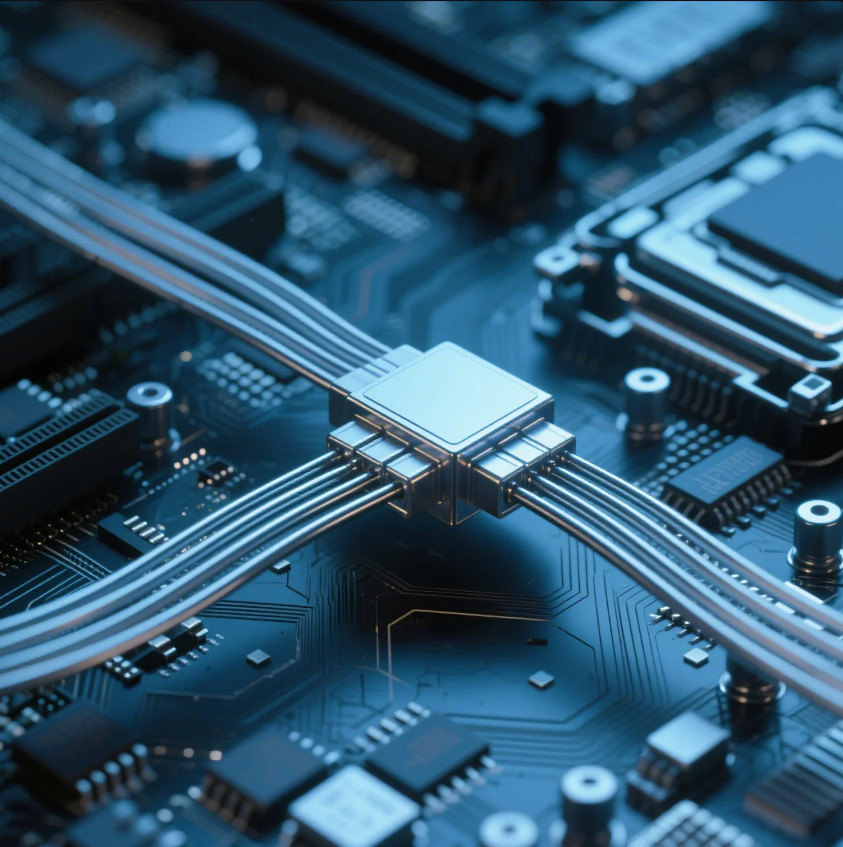
Dive-Deeper: Understanding transmission attachment points
The transmission is not an isolated unit. It acts like a bridge between different parts of a mechanical system. Let us take a closer look:
| Component | Function when attached to Transmission |
|---|---|
| Engine | Supplies rotational power |
| Drivetrain | Transfers power to wheels |
| Mounting brackets | Hold the transmission in place |
When I helped a client with CNC parts for a new drive system, we faced problems because the mounting points were misaligned. Using Prime’s CNC parts service, we customized high-precision brackets that solved the issue quickly.
Key point:
The better the connection, the better the performance. When sourcing custom parts, always confirm that the 定制冲压件供应商 can meet exact dimensional standards.
What are transmission lines connected to?
Struggling to understand transmission lines? You are not alone.
Transmission lines are typically connected to the transmission cooler, radiator, and fluid return system.

Dive-Deeper: Critical connections of transmission lines
Transmission lines are vital for cooling and fluid management. Without proper connections, overheating or leakage happens fast. See the breakdown:
| Line | Connection | Purpose |
|---|---|---|
| Cooler inlet line | Transmission to radiator cooler | Carries hot transmission fluid |
| Cooler outlet line | Radiator back to transmission | Returns cooled fluid |
During one project for a North American client, they needed ISO认证铸造零件厂家 support because the original transmission line connectors cracked under pressure. We quickly delivered new cast connectors, custom tested for extreme temperature endurance.
Key point:
When designing systems, always make sure the supplier understands the need for reliable high-pressure connections, not just standard fittings.
What goes between the transmission and motor?
Still wondering what fills the gap between the motor and transmission? Many first-time project engineers ask this.
The part between them is typically the clutch assembly or a torque converter.

Dive-Deeper: Clutch assemblies vs. torque converters
Depending on whether the system is manual or automatic, different parts link the motor and transmission:
| System Type | Part Used | Function |
|---|---|---|
| Manual | Clutch assembly | Manages engagement and disengagement |
| Automatic | Torque converter | Smoothly transfers rotational power |
One client wanted a 定制冲压件供应商 to design lightweight clutch plates. Prime's stamping department delivered precision plates with tighter tolerances than the competition, reducing weight by 12% without sacrificing strength.
Key point:
Choosing the right intermediary part is critical. And working with a flexible factory like Prime ensures your custom needs are met quickly and accurately.
What connects to the back of transmission?
Ever asked what connects to the back end of the transmission? This small detail can cause big issues.
The driveshaft, transfer case (for 4WD), and sometimes output sensors connect to the back of a transmission.
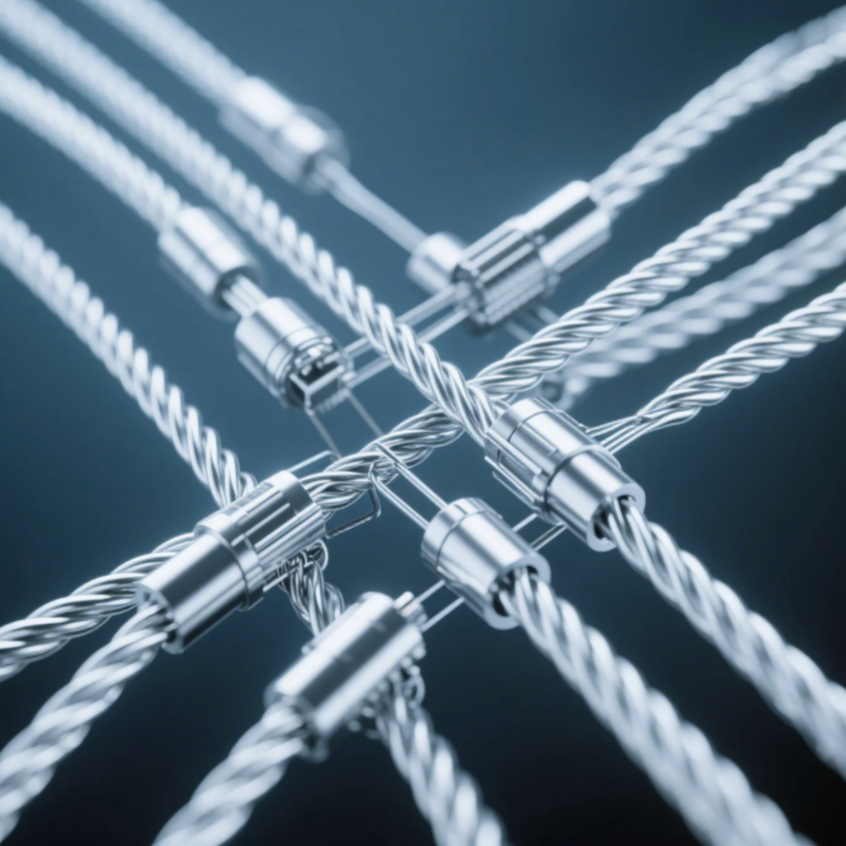
Dive-Deeper: Rear transmission connection explained
Let us look at what typically connects to the transmission’s rear:
| Part Connected | Purpose |
|---|---|
| Driveshaft | Sends torque to the rear wheels |
| Transfer case (4WD only) | Splits torque between front and rear axles |
| Output shaft sensor | Measures output speed |
One time, a customer’s driveshaft adapter cracked during shipping because the 包装方式展示图 they chose was insufficient. Prime immediately redesigned their packaging, using foam and shockproof layers, preventing further incidents.
Key point:
Protecting rear transmission connections requires perfect packaging and stable component quality. This is where Prime’s full-service quality control makes a difference.
Conclusion
Understanding what connects to the transmission avoids mechanical failures and ensures smoother performance.
Need high-quality components for your transmission systems? Contact Prime today to get a free consultation, custom solution, and competitive quote.
We guarantee fast delivery, stable quality, and full ISO-certified processes to support your business success.
Send us an inquiry through our website now and experience Prime's professional service firsthand!

